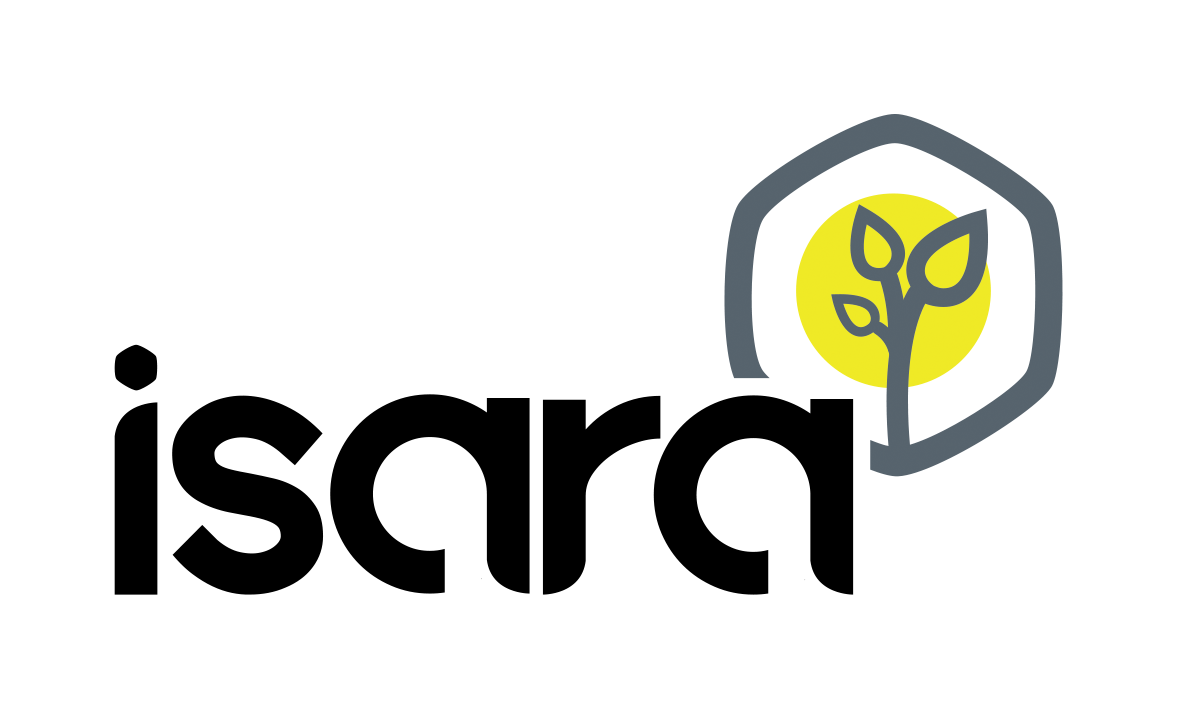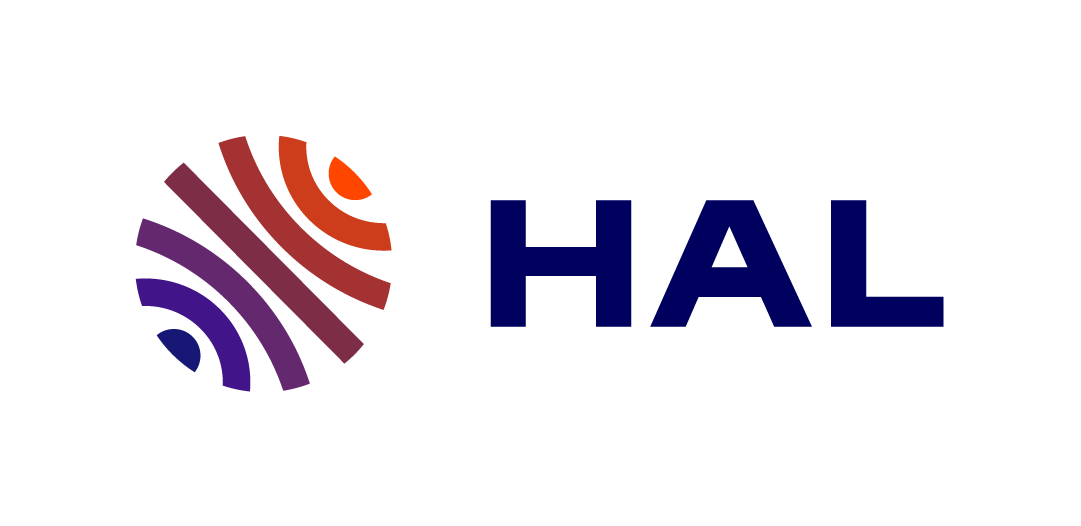Effect of spring fertilization on ecosystem services of organic wheat and clover relay intercrops
Résumé
© 2015 Elsevier B.V. Nitrogen (N) deficiency and weed infestation are main factors limiting yield and yield stability in organic wheat. Organic fertilizers may be used to improve crop performance but off-farm input costs tend to limit profitability. Instead, forage legumes may be inserted into the crop rotation to improve the N balance and to control weed infestation. In opposition to simultaneous cropping, relay intercropping of legumes in organic winter wheat limits resource competition for the legume cover crop, without decreasing the performance of the associated wheat.The aim of this study is to evaluate the effect of spring organic fertilization on the performance of intercropped legumes and wheat, and on services provided by the legume cover.Two species of forage legumes (Trifolium pratense L. and Trifolium repens L.) were undersown in winter wheat (Triticum aestivum L. cv Lona) in five organic fields during two consecutive crop seasons. Organic fertilizer was composed of feather meal and applied on wheat at legume sowing. The cover crop was maintained after the wheat harvest and destroyed just before sowing maize.Spring organic nitrogen fertilization increased wheat biomass (+35%), nitrogen (+49%), grain yield (+40%) and protein content (+7%) whatever the intercropping treatment. At wheat harvest, red clover biomass was significantly higher than white clover one (1.4 vs. 0.7tha-1). Nitrogen fertilization decreased forage legume above-ground biomass at wheat harvest, at approximately 0.5tha-1 whatever the specie. No significant difference in forage legume biomass production was observed at cover killing. Nitrogen accumulation in legume above-ground tissues was significantly higher for white clover than for red clover. Both red and white clover species significantly decreased weed infestation at this date. Nitrogen fertilization significantly increased weed biomass whatever the intercropping treatment and decreased nitrogen accumulation in both clover species (-12%).We demonstrated that nitrogen fertilization increased yield of wheat intercropped with forage legume while the performance of legumes was decreased. Legume growth was modified by spring fertilization whatever the species.


